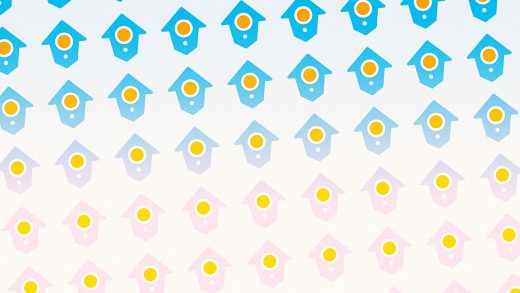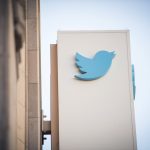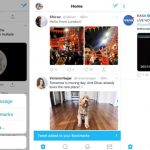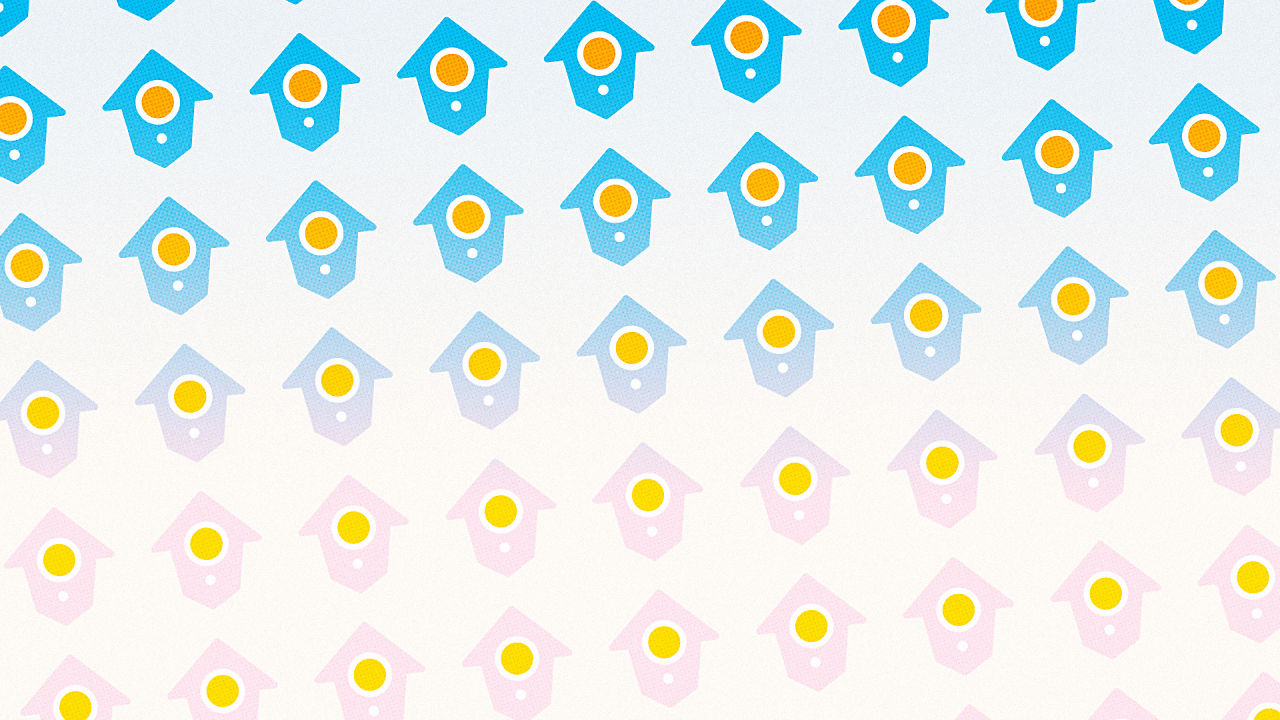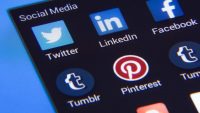Twitter’s Neighborhood Tech Center—For Its Own Neighborhood—Turns One
If you’ve ever walked by Twitter’s headquarters in the mid-Market neighborhood of San Francisco, you know that the area—which is also home to Uber, Square, Dolby, Zendesk, and others—is a bustling tech corridor. But at the same time, mid-Market overlaps with the city’s notoriously down-at-the-heels Tenderloin district and is full of people who live far, far outside the bubble.
The interests of Twitter’s employees and those local residents intersect at the NeighborNest, a tech/community center located on the ground floor of an apartment complex on Market St. across from Twitter headquarters. On Tuesday, the center celebrated its first anniversary with a party that included appearances by Twitter COO Adam Bain and San Francisco mayor Ed Lee, a cake, and a hearty rendition of “Happy Birthday” led by neighborhood kids. (The 3,000 children who live in the Tenderloin are part of the constituency that the center was designed to serve.)
By spending $3 million to create NeighborNest, Twitter helped fulfill its end of an agreement with the city of San Francisco, which gave the company a tax break when it moved to mid-Market in 2012 in return for a promise that it would invest in the community. But the money provided by the company is the least interesting part of Twitter’s contribution to the NeighborNest, which hosted 3,500 visits and provided 920 hours of programming in its first year.
It isn’t tough to understand why a company that built a global online community might find it rewarding to build a neighborhood tech center. “Ultimately the product is this great democratizer of communication,” says Bain. “But also by allowing people to see each other, we believe goodness happens. For us, the NeighborNest is a logical extension of what we do, here in real life.”
The precise details of what the center should offer, however, weren’t so easy for Twitter to determine. “We started the NeighborNest by conducting a six-month listening tour, to try and understand deeply the needs of the community,” explains Caroline Barlerin, Twitter’s head of community outreach and philanthropy. “We spoke with families who live in shelters, we spoke with a lot of nonprofits, we spoke with Twitter employees and volunteers to design a space that meets the needs of the community without making any assumptions.”
Barlerin adds, “One of the ‘Aha’ moments that came out of that was that not only is technology a barrier, but one of the barriers to getting the technology is childcare.” Childcare, therefore, is among the services which the NeighborNest offers, along with assistance on the tech and career fronts. “It was really rewarding a year ago when we opened to have some of the moms we spoke to come in with their children and say, ‘You built the space I asked for—you listened to me,'” Barlerin continues. “And we’ve been listening ever since.”
One of the lessons Twitter learned once the center was in operation was that there was even more need than it expected for basic instruction on tasks such as using a mouse, setting up an email account, and sharing a résumé. In collaboration with the Community Technology Network, one of Twitter’s nonprofit partners, the company is launching a digital literacy program with classes in English and Spanish. “We’ll be creating personalized learning plans for all of the participants in the program to really meet people where they are and help them accomplish what they want to,” says Barlerin. “Some people just want to connect with a cousin in Venezuela. They just want to be able to Skype.”
Beyond making mid-Market a better place to live, NeighborNest might even make Twitter a better product. How? By giving the techies who develop features for the service exposure to people who aren’t yet part of the platform’s user base, but could be. “From our standpoint, the more we can get our employees to spend time with NeighborNest and connecting with the community, it ultimately helps them as they go back across the street to their day job,” says Bain. “Because it broadens their experience and broadens their knowledge of the world.”
“Yes, the residents learn a lot,” adds Barlerin. “But the Twitter employees learn a lot, too.”
Fast Company , Read Full Story
(11)

